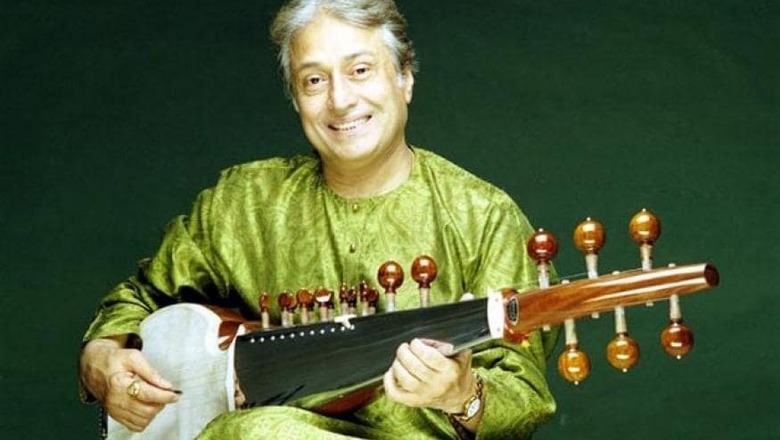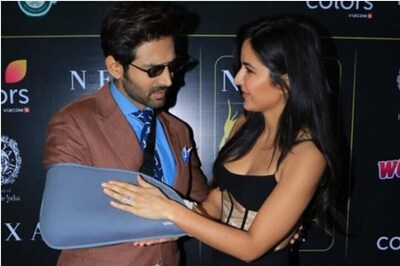
views
New Delhi: Indian classical music is not a dying art form and it received three decades ago the kind of attention that Bollywood and the fashion industry are getting today, says sarod legend Ustad Amjad Ali Khan.
He also says that it is the responsibility of the artiste to make the youth relate to their music.
Khan has written a book about the lives and times of some of the greatest icons of Indian classical music.
Having known these stalwarts personally, he recalls anecdotes and details about their individual musical styles, bringing them alive.
The 12 eminent musicians featured in the book, published by Penguin, are Bade Ghulam Ali Khan, Amir Khan, Begum Akhtar, Alla Rakha, Kesarbai Kerkar, Kumar Gandharva, M.S. Subbulakshmi, Bhimsen Joshi, Bismillah Khan, Ravi Shankar,Vilayat Khan and Kishan Maharaj.
In writing about them, Khan transcends the Gharana and north-south divide in presenting the portraits of these artistes.
"I disagree with those who say that Indian classical music is a dying art form. We must understand a few things here. It was never for the masses, to begin with. It was= originally performed only in private mehfils, with concert hall performances being a recent phenomenon. Today, classical musicians perform at venues like Carnegie Hall, Royal Albert Hall and Sydney Opera House to packed auditoriums," he writes in the introduction.
He says in India when he sees huge venues filling up, he doesn't think we can really complain.
"It is the responsibility of the artiste to make the youth relate to their music. The kind of attention that Bollywood and the fashion industry are receiving today from mainstream media, Indian classical music got three decades ago!
In the 1960s and '70s, musicians would play ragas for two to three hours. Frankly, after maybe an hour, it was all repetition.
"However, due to this attitude of artistes who perhaps wanted to prove a point, a section of listeners drifted away to easy listening," he says.
Khan says he feels that playing songs on a classical instrument is a challenge and doing so without changing the interpretation of the songs is a great responsibility.
"Back in the day, many renowned vocalists often recorded songs, both devotional and nationalistic, on 78 RPMs and EPs. We can never forget the divine rendition of DV Paluskar's Payoji mainay or Omkarnath Thakur's rousing Vande mataram.
"Contemporary classical vocalists too have contributed to popularising devotional songs and bhajans," he writes.
The story of the instrumental world is a little different, he says.
"The closest an instrumentalist came to playing songs would be lines of popular thumri songs. However, to play a song exactly as it was composed, note for note, was not the mandate of instrumentalists, and even if it was, the version would keep changing, almost like a game of Chinese whispers!"
Khan says he has always been keen to bridge the gap between a classical listener and an uninitiated listener and therefore became one of the earlier instrumentalists to convey the message of playing and recording songs like Vaishnav jana to, Ram dhun and Rabindranath Tagore's Ekla cholo re for the past many decades.


















Comments
0 comment